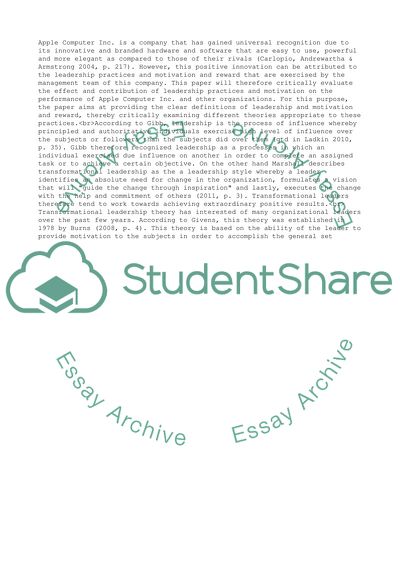Cite this document
(“HR Apple company Leadership and Motivation&Reward Essay”, n.d.)
HR Apple company Leadership and Motivation&Reward Essay. Retrieved from https://studentshare.org/management/1665675-hr-apple-company-leadership-and-motivationreward
HR Apple company Leadership and Motivation&Reward Essay. Retrieved from https://studentshare.org/management/1665675-hr-apple-company-leadership-and-motivationreward
(HR Apple Company Leadership and Motivation&Reward Essay)
HR Apple Company Leadership and Motivation&Reward Essay. https://studentshare.org/management/1665675-hr-apple-company-leadership-and-motivationreward.
HR Apple Company Leadership and Motivation&Reward Essay. https://studentshare.org/management/1665675-hr-apple-company-leadership-and-motivationreward.
“HR Apple Company Leadership and Motivation&Reward Essay”, n.d. https://studentshare.org/management/1665675-hr-apple-company-leadership-and-motivationreward.


